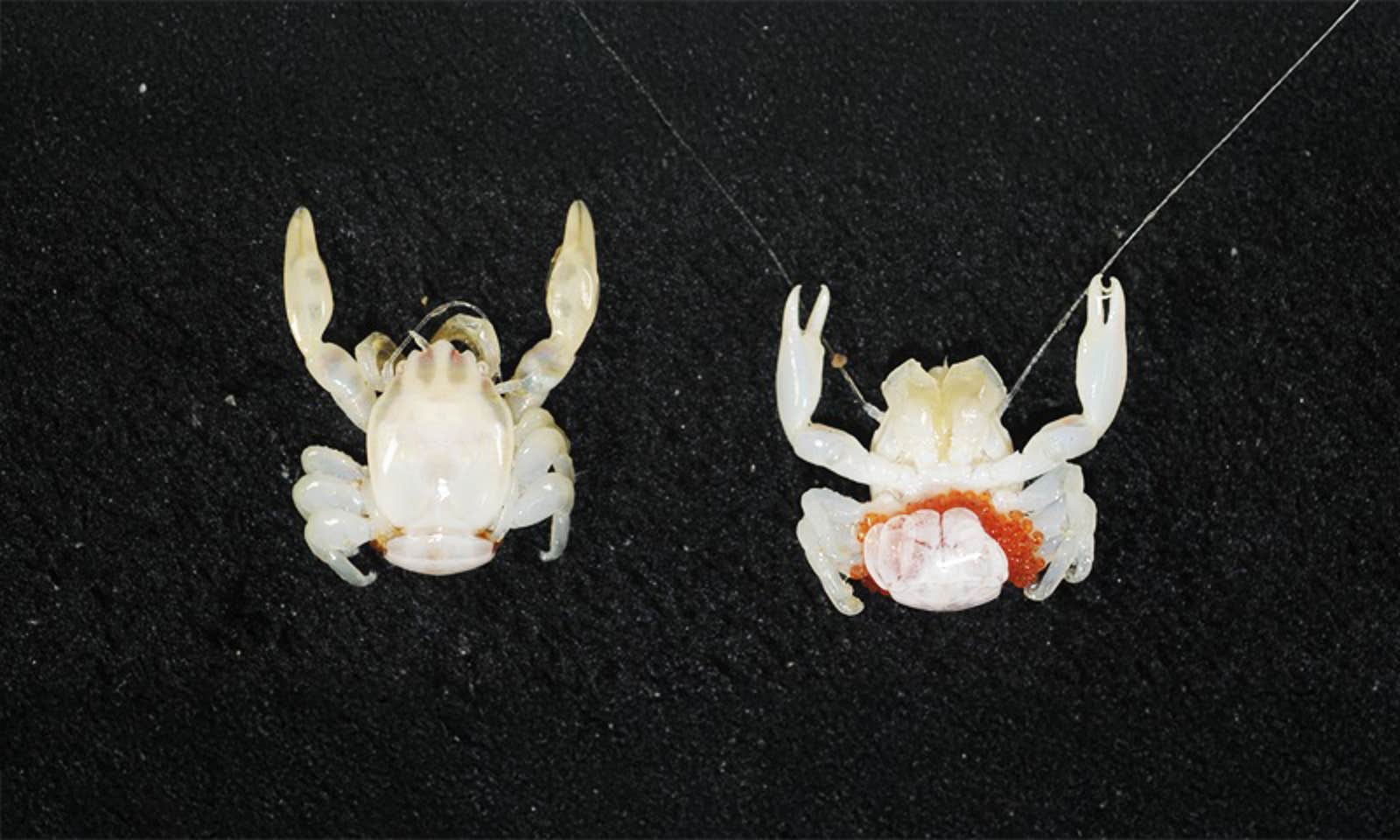A recent research voyage off the west coast of Australia has led to the discovery of two new marine species: a delicate porcelain crab and a small shark with distinct large eyes and a bioluminescent belly. Researchers identified these organisms at depths of approximately 400 feet and over 2,000 feet, respectively. The expedition was conducted by the Commonwealth Scientific and Industrial Research Organisation (CSIRO) in 2022.
The adult lanternshark, measuring slightly more than 16 inches, is notable for its glowing belly and flanks, while the porcelain crab, which resides within invertebrates known as sea pens, measures about half an inch. These discoveries are part of a larger finding, with scientists announcing a total of 20 new organisms identified since the voyage.
New Species Highlight Biodiversity and Vulnerability
Among the other remarkable species uncovered during the cruise are deep-sea scale worms, a Carnarvon flapjack octopus, and various deep-dwelling sea stars. This research underscores the great biodiversity present in deep-sea environments, with the CSIRO estimating that as many as 600 new species may still await classification from the same expedition.
The ongoing identification of these previously unknown species sheds light on the intricate and fragile ecosystems that thrive in the depths of the ocean. As researchers continue to explore these habitats, they reveal not only their ecological richness but also the pressing need to protect them.
Concerns are mounting over the impact of mineral exploration on these delicate ecosystems. A report by Brandon Keim in 2023 noted that nearly two dozen companies have acquired licenses to explore approximately 500,000 square miles of seafloor for valuable minerals such as cobalt, nickel, manganese, and copper.
Implications for Conservation and Exploration
The findings highlight the importance of deep-sea habitats, which are vital for maintaining marine biodiversity. As researchers continue to uncover new species from a relatively small area just 12 miles off the coast of Western Australia, it suggests that the ecological treasures hidden in the world’s unexplored ocean floors could be immense.
The discoveries from the CSIRO-led expedition not only expand our understanding of marine life but also serve as a call to action to protect these environments from potential exploitation. The ongoing research will likely play a crucial role in shaping policies regarding deep-sea mining and conservation efforts, ensuring that ecological balance is maintained in the face of commercial interests.





































































